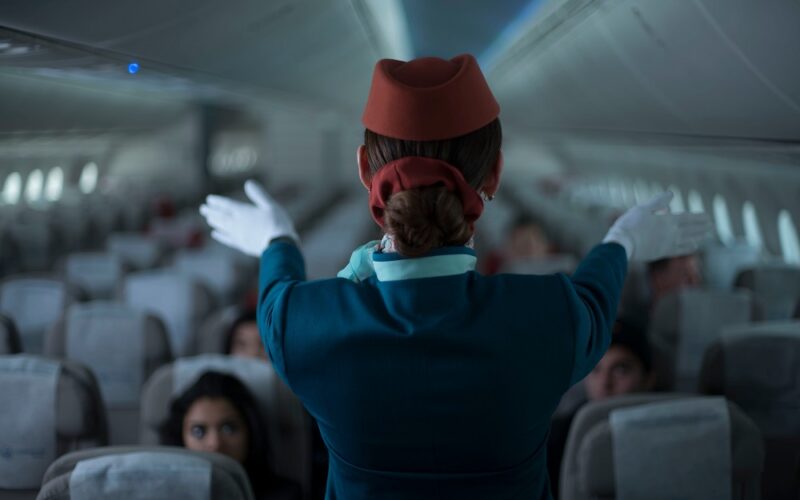It’s been a long-standing tradition for candidates to a flight attendant position to adhere to certain looks and age requirements in order to join cabin crew. However, recently, these requirements have shifted – and quite heavily – with the overall changing outlook on diversity in a workplace, be it on the ground or, in case of aviation, in the air.
Age is just a number
Some of the most notable changes that flight attendants have seen in recent years – in some cases even months – have been regarding age. Some European airlines have started recruiting people over the age of 45, also called ‘empty nesters’ for a flight attendant position. Alison Dsouza, Director of Aerviva Aviation Consultancy, an international consultancy, specializing in aviation recruitment and document management, notes that certain requirements have made a big shift and even been noticed by passengers.
“While none of the basic requirements like general education and minimum age have changed, others regarding age and looks especially, have been dropped by several prominent airlines around the world. With the changing views in societies globally, it is only natural that positions, which followed certain traditional ways prior, would make the same change, too.”
Bringing more of the ‘empty nesters’ – people whose children already left home and now have more time on their hands or think about switching careers – have proven to be beneficial for airlines as well. There has been positive feedback from customers on board that have praised more senior flight attendants for their superior customer service and people skills, which made travelling not only memorable but very pleasant.
Mirror, mirror
Even more basic things like makeup, hairstyles, jewelry, and uniforms have gone under a review. Dsouza highlights that not only jewelry but piercings and tattoos are now allowed on board by some airlines in Europe and North America.
“It’s a completely natural process for some things that were a taboo in the past to become accepted. Tattoos and piercings are now more widespread than they were say ten years back and are losing their ‘delinquency’ connotations. Rather, they are seen as a form of one’s expression. With this wider acceptance in societies, flight attendants also get to bring that part of themselves on board the aircraft.”
Makeup and nail polish, although still in neutral tones and colors, have been permitted, regardless of gender, and the same level of acceptance was applied to hairstyles like so-called ‘man bun’.
However, Dsouza notes, that a more significant change came in uniforms and more general non-gender-specific rules that some airlines have applied most recently. Two of Britain’s aviation giants have, too, taken on to reflect the diversity of their workplace. Some airlines have updated cabin crew uniforms to include tunics and hijabs, and jumpsuits for cabin crew. Others took it a step further to erase gender-specific options and offer ‘whichever one is more comfortable’ options, meaning that all genders can choose their preferred way to dress for work.
“It’s exciting to see these types of changes happening in aviation, an industry that – in some parts – has still been rather traditional and conservative. It’s important both companies and industries move in step with changing times and take time and care to reflect it. After all, inclusivity and diversity are important in this day and age.”

